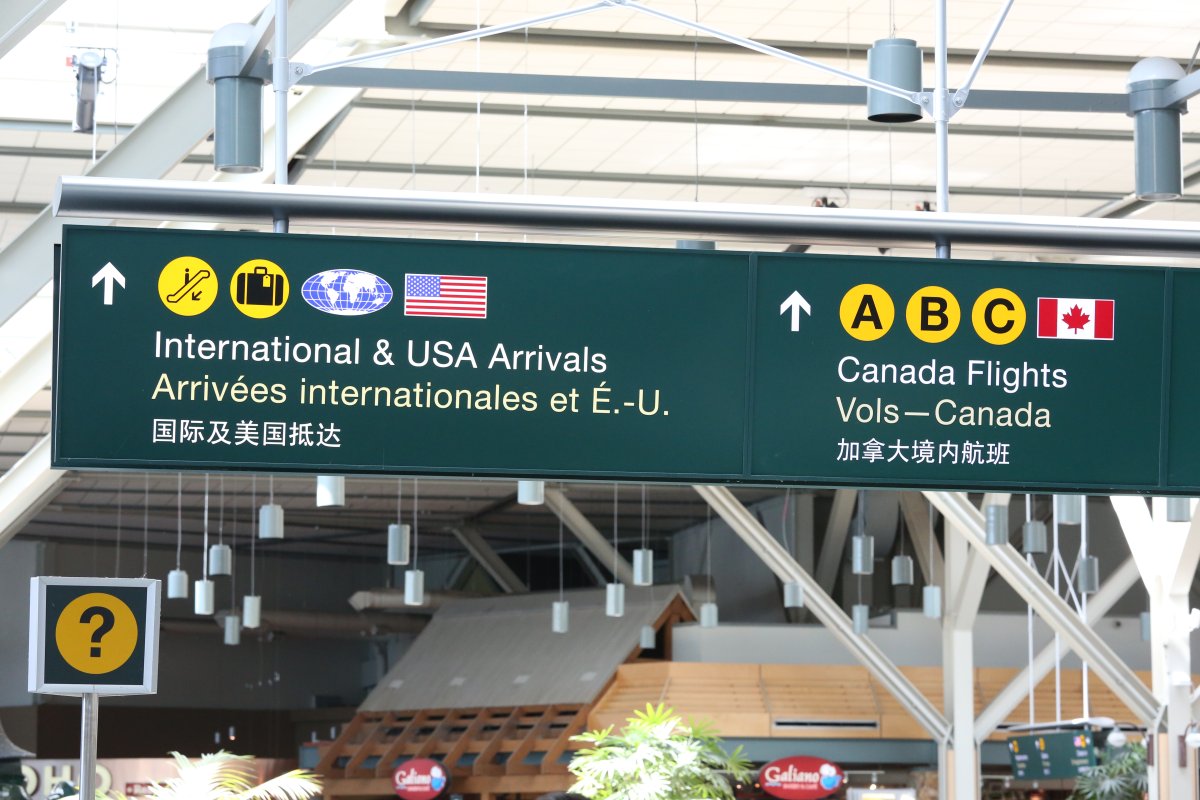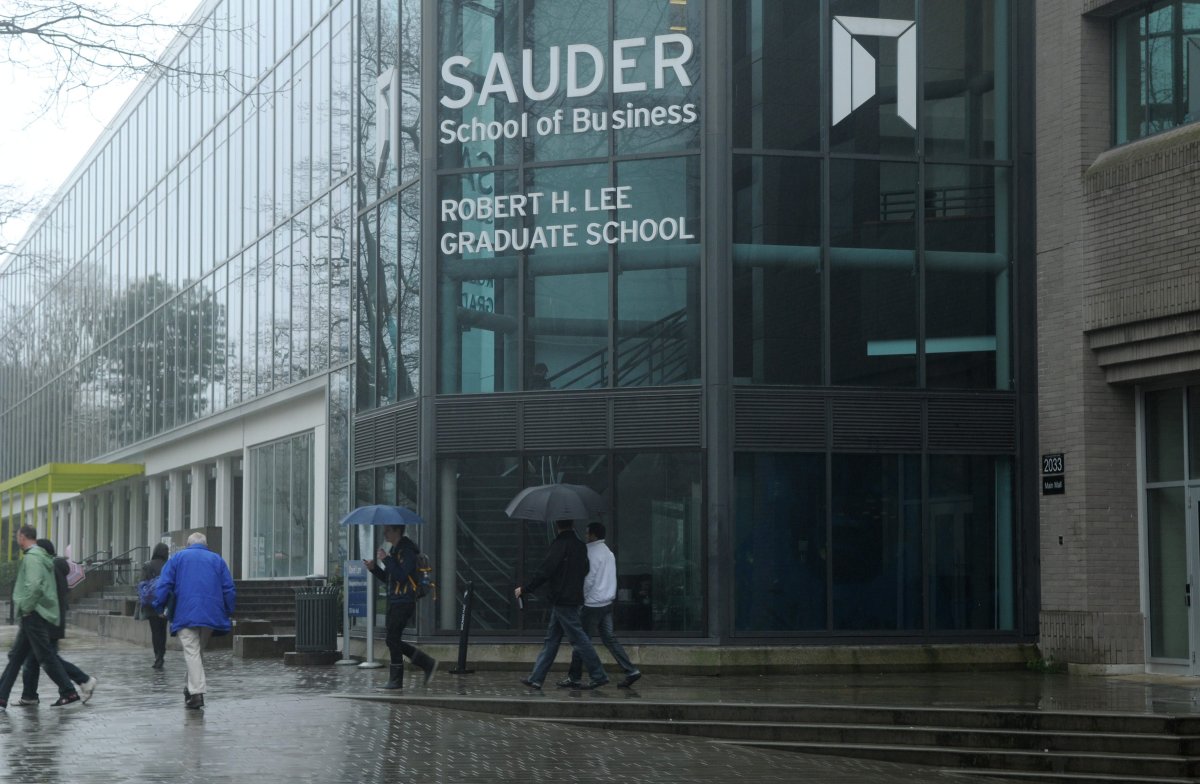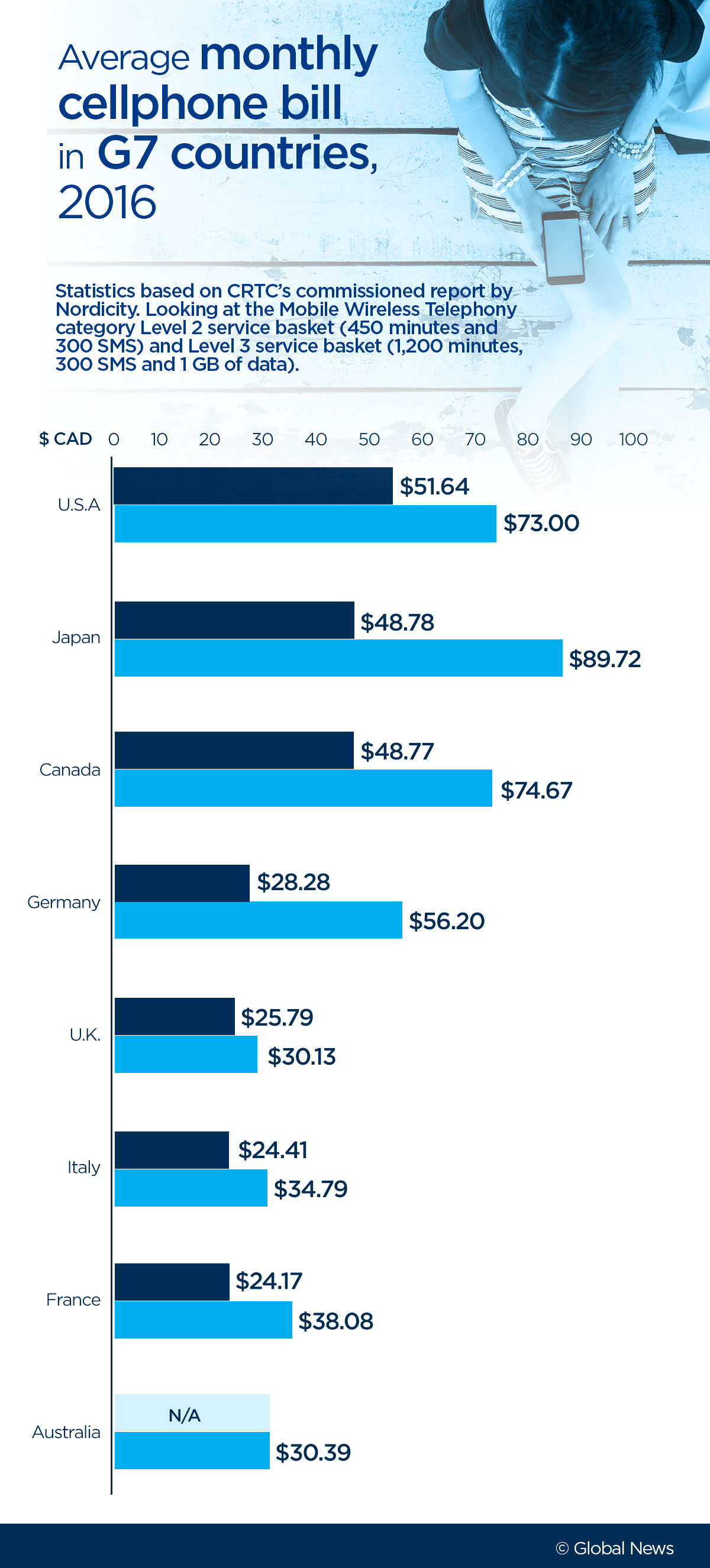Canada’s Immigrant Investor Program (IIP) ceased to be in 2014.

Yet it doesn’t rest in peace so much as infamy, with a reputation as a contributor to soaring home prices in Vancouver.
Coverage of Vancouver real estate on Globalnews.ca:
Designed to stimulate Canada’s economy, the failures of investor immigration are well documented, its successes questionable.
A program still operates out of Quebec — and it has problems, too.
Still, there are some who see potential for the federal program’s return. They work in universities, and at one of the country’s biggest think tanks.
They have ideas for how they think it could work — and none convince the people who have spent decades recording its failings.
READ MORE: Report recommends Canada revive wealthy immigrant program linked to soaring home prices
The IIP invited wealthy immigrants who had net assets of at least $1.6 million to loan the federal government $800,000, money that they would be refunded to them five years later.
Governments would make money on the interest that this loan generated, and invest it in the economy.
In exchange for this loan, IIP applicants would receive permanent residency — a status that gave them the right to move anywhere in Canada, and the first step on the path to citizenship.
The federal government shut it down four years ago.
The program produced “limited economic benefit” for Canada, investors paid less tax than other immigrants, and they often “lacked the skills, including official language proficiency, to integrate as well as other immigrants from the same countries.”
But investor immigration has made its presence felt another way — through its implications for real estate.
READ MORE: How over 46,000 wealthy immigrants took a back door into Vancouver and Toronto’s housing markets
Data obtained by Global News last year hinted at the financial impact that investor immigrants were having on Vancouver’s housing market.
The data showed that just over 15,000 investor families had come to B.C. by 2016 — that was more than half the investor households that came to Canada in total.
A back-of-the-envelope calculation by UBC economist Giovanni Gallipoli found that if each household invested $1 million in housing, that would represent almost $510 million hitting the province’s real estate every year — a significant amount, he told Global News.
And almost all of it would have landed in the Vancouver area.
James Tansey, UBC Sauder School of Business
For James Tansey, that amount of money wasn’t significant in the context of Vancouver’s housing market.
Tansey is executive director of the Centre for Social Innovation and Impact Investing (S3i) at UBC’s Sauder School of Business.
Last month, he issued a report that focused on supply as a solution to Vancouver’s housing crisis.
One of its recommendations? Reinstate the investor immigration program, and invest the capital it would raise in rental housing.
That report represented the second time that Tansey advanced the reinstatement of federal investor immigration after another study he issued in August 2017.
There, too, he suggested bringing it back to help fund affordable housing.
Tansey’s latest report proved controversial; he later re-issued it having redacted the recommendation, saying it “became a distraction from the main purpose of the article.”
But he still stood by the idea in an interview with Global News.
“I think if there’s capital that’s looking for a home in Canada, and there’s a better way of running an immigrant investor program in Canada, we should talk about it,” he said.
Tansey, who admitted he hasn’t done much research on the cancelled IIP, isn’t suggesting that Canada bring back the program in its previous form.

Get daily National news
He envisions a new one with tweaks — make them invest $1 million, not $800,000.
The government would then hold on to the principal for as long as 15 years, or even keep it as a deposit.
That cash, the principal and its interest, could be invested in rental housing, he contended.
“Don’t reinstate the existing program, reinstate with a very different mechanism or at least explore that,” Tansey said.
UBC geography professor Daniel Hiebert, who has focused on international migration, has often described investor immigration as a “policy failure.”
He told Global News that he hasn’t seen a “serious econometric study that shows the added investment brought by a person in the IIP significantly benefits the country.”
As for Tansey’s proposed changes, he said, “Does an advanced economy like Canada’s really need $1 million ‘donations’ for permanent residence?”
The ripple effect of IIP money
The effect of investor immigrants’ money on Vancouver housing is small, Tansey said.
Presented with the $510-million figure, he noted that the total dollar value of residential sales in Metro Vancouver was $37 billion last year — it would only represent about 1.4 per cent of the total, “which is too small to influence prices,” he said.
But investor immigrants likely bring much more money with them, and their purchasing power could be even stronger than what they have on hand, UBC’s Gallipoli hypothesized.
“This money is leveraged like everybody else’s,” he told Global News, though he said more data is needed to show how much.
“If you have cash, why the hell would you forgo the large returns you could make in stocks and shares. Or perhaps, instead of buying one property, you buy five, and you leverage?”
The $510-million figure was based on each household bringing in $1 million — and that’s “nothing” in a pricey market like Vancouver’s, Gallipoli said.
If each investor immigrant were to take that money, go to the bank and leverage it — say, make a 20 per cent down payment — they might end up spending $5 million on a home.
Right away, their share of the market would grow from $510 million to about $2.6 billion, which represents a seven per cent share of Greater Vancouver’s real estate market in 2017.
This graph illustrates the share of Greater Vancouver’s real estate market that could be represented by investor immigrant households, if each of them brought $1 million, $2 million or $3 million to spend on housing, and leveraged it:
Gallipoli worked with a few other assumptions to illustrate the effect of investor immigrant money.
If, for example, one assumes that they brought $2 million to invest in real estate; when unleveraged, that comes to represent an annual average of $1.019 billion — 2.8 per cent of the market.
However, use that money for a 20 per cent down payment, and that’s enough to spend $10 million on a home. All of a sudden, this group’s share of the market could grow to $5.1 billion — a share of about 14 per cent.
And that share could become even more powerful when you consider that this money will likely be concentrated in affluent areas such as Point Grey, Shaughnessy and West Vancouver, where total transactions total less than $37 billion, Gallipoli said.
“A much more fair comparison would be to take the turnover in these neighbourhoods alone and see, once you leverage it, what percentage you get,” Gallipoli said.
“I suspect you get a much larger share.”
A “ripple effect” on prices could also emanate from these areas into other parts of the region, affecting homeowners and other people who were once potential buyers in this area, he added.
“What happens, then, is the people who used to buy there cannot afford to buy there,” Gallipoli said.
“They kind of are loaded with cash and they have to live somewhere. So they might buy a couple of apartments for their kids, and something nice for them a bit farther out.”
And what could follow from there is the ripple effect, a “spigot of money kind of coming in” – though data, he stressed, is needed to quantify it.
Gallipoli stressed that these are “back of the envelope” calculations based on estimates of people who came to Vancouver.
Investors were nevertheless likely to leverage the money they brought with them, he said.
“I would expect any smart person to leverage,” Gallipoli said. “Why wouldn’t you?”
The Conference Board of Canada
Tansey’s not alone in seeing the potential for a revived immigrant investor program.
He finds common cause with the Conference Board of Canada, one of the country’s most prominent think tanks.
Last year, the Conference Board released a report titled “Entrepreneur and Investor Immigration,” which made the case for establishing a new federal IIP.
And it didn’t show confidence in any of the potential benefits from such a program.
READ MORE: Foreign buyers may not live in Vancouver, but their money sure does: StatsCan
One potential benefit: the interest on immigrants’ investments. Such gains were muted in a low-interest rate environment, the report said.
Quebec’s Immigrant Investor Program (QIIP) had a financial gain of about $39,600 per investor, according to a 2015 analysis — this is believed to be small compared to the costs of settling investor immigrants and their families.
The Conference Board then cited research that showed funds from Quebec’s program helped create or sustain approximately 43,000 jobs between 2001 and 2015.
Other research showed that the federal program helped to create 10,781 full-time equivalent jobs from 2007 to 2011.
However, the Conference Board noted that none of it accounted for whether these jobs would have been created without investor immigrant programs.
READ MORE: In Vancouver, you’re competing with non-residents for condos worth as little as $600,000
Consumption was also cited as a potential benefit.
The report cited a separate study by Analysis Group from 2010, which suggested that investor families in Canada spend about “$750,000 per household on investments, houses and goods and services.”
Hence, the consumption benefits “may be overstated.”
In an interview with Global News, Pedro Antunes, deputy chief economist at the Conference Board, stressed that the report that flowed out of the 2016 summit was not a research report, but a “summary of the discussion that was held at the summit.”
The think tank is readying to welcome hundreds of delegates to a second, similar summit in Ottawa in November.
It also expects to produce a number of research reports on investor and entrepreneur immigration in the coming year.
Asked why it’s doing all this research — when, by most accounts, investor immigration is not shown to have benefitted Canada’s economy significantly — Antunes said that’s a “good question.”
“It’s not shown itself to be particularly positive in the past,” he told Global News.
But the Conference Board’s interest has nevertheless been “piqued” because “we do think there’s an opportunity here and more research needs to be done.”
“I would be fine if we find that this is too risky or contentious or it’s not worked in any other jurisdictions, or the benefits just aren’t visible or not attainable in other programs,” Antunes said.
Then why bother with the research?
“What we’re suggesting is we need to take a new look at this,” he said.
“And are there options going forward that can improve the outcomes.”
‘Been there, done that, and recorded the damage!’
One person who doesn’t think investor immigration needs another look is David Ley, a UBC geographer and an authority on the topic.
In 2010, he published the book Millionaire Migrants, which was unambiguous about the program’s failures.
It showed that investor immigrants were seeing limited business success in Canada, and that they were bringing heavy amounts of cash that could have a major impact on housing prices, even if only a fraction of it were used on real estate.
Ley was unequivocal when asked what he thought of reviving the federal IIP.
“Been there, done that and recorded the damage!” he said in an email to Global News.
He noted that most wealthy investors will live in Vancouver or Toronto — and that’s borne out by StatsCan data.
This chart shows where immigrant investors who came to Canada via Quebec were located as of 2016:
“Do we need 1,000 or 10,000 new multi-millionaire households that will not play an active role in the economy except for real estate, where they will add an inflationary boost to an overheated market?” Ley said.
“Nor, it seems after second thoughts, could Dr. Tansey!”
Gallipoli, an immigrant from Italy by way of the U.K., doesn’t support reviving the program, either.
“I personally think there are better ways to design immigration programs than selling out access like this,” he said.
If it were deeply necessary to bring back IIP, then Gallipoli would want to see the price set as much higher – maybe even 10 times higher, or by any factor that would reflect the long-term value of Canadian citizenship.
“Canadian residency and citizenship should be valued for what it is,” Gallipoli said.

















Comments